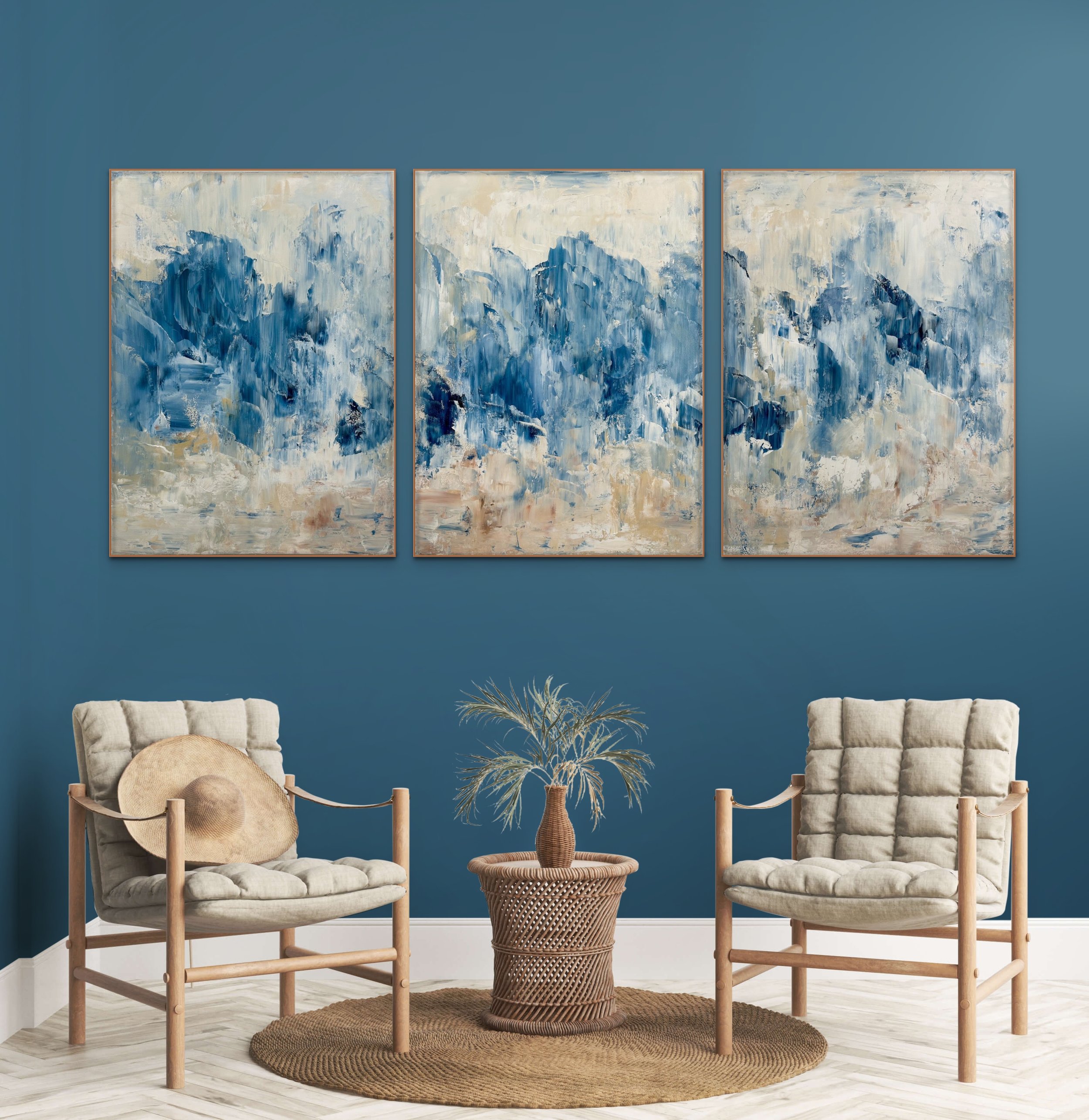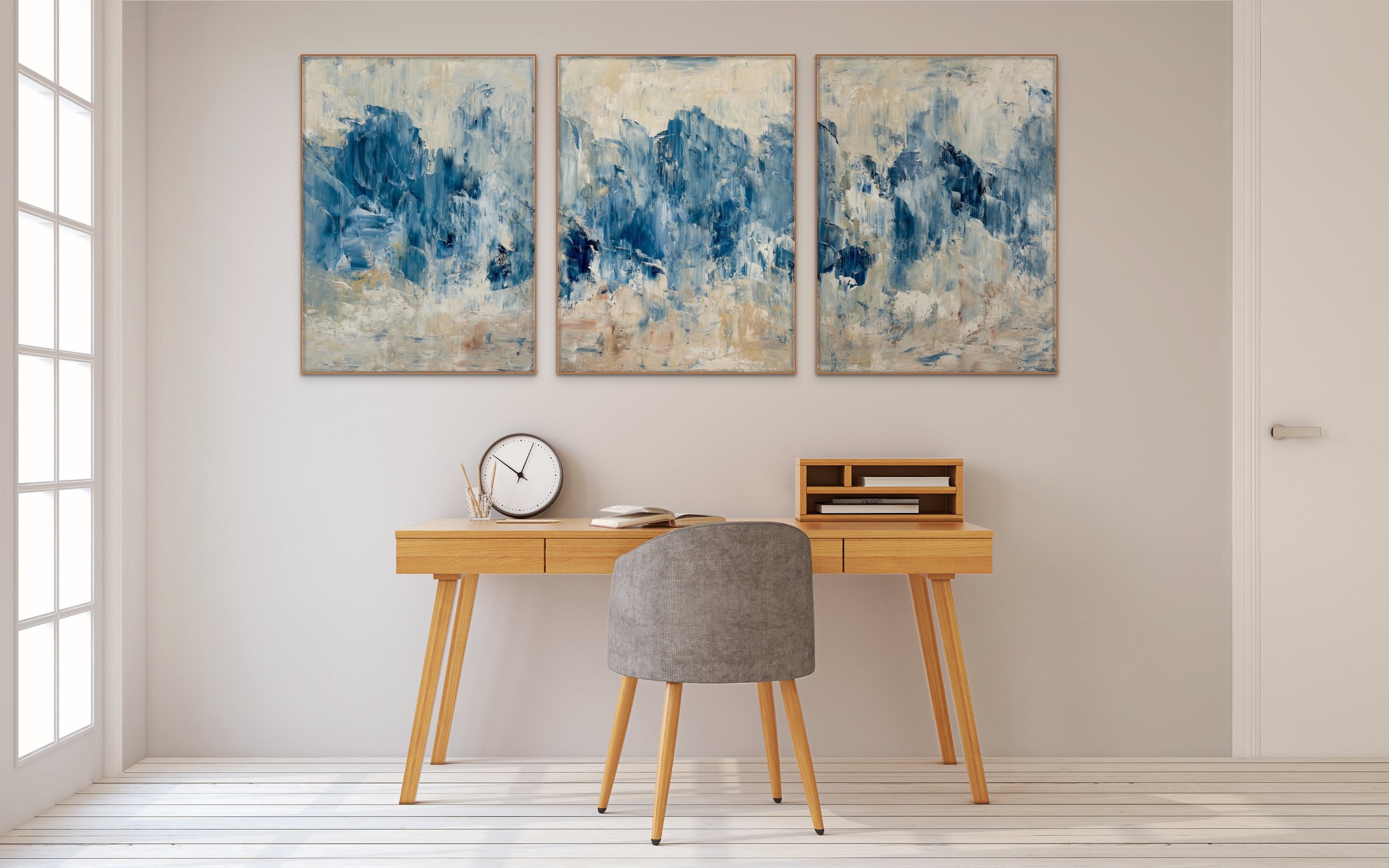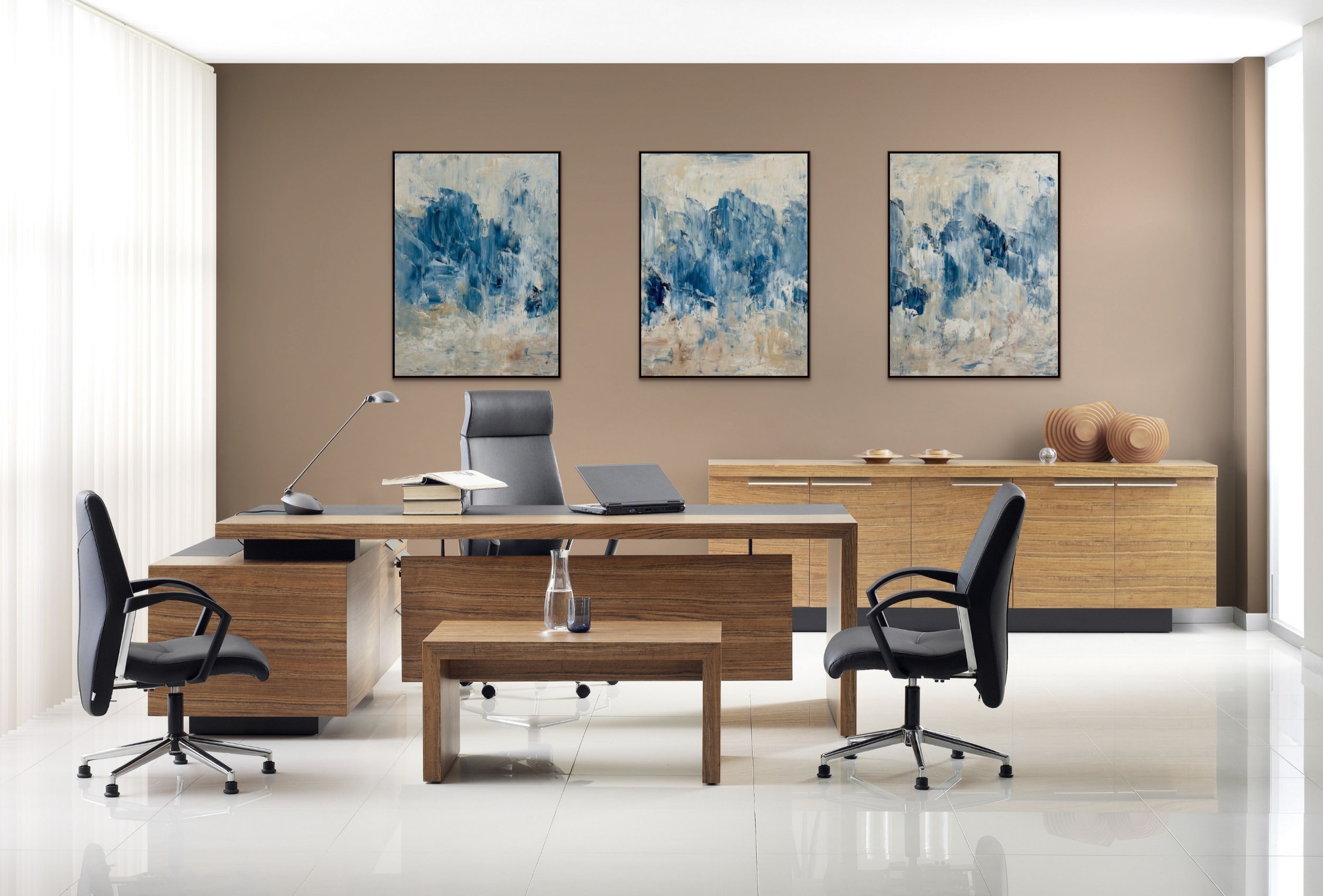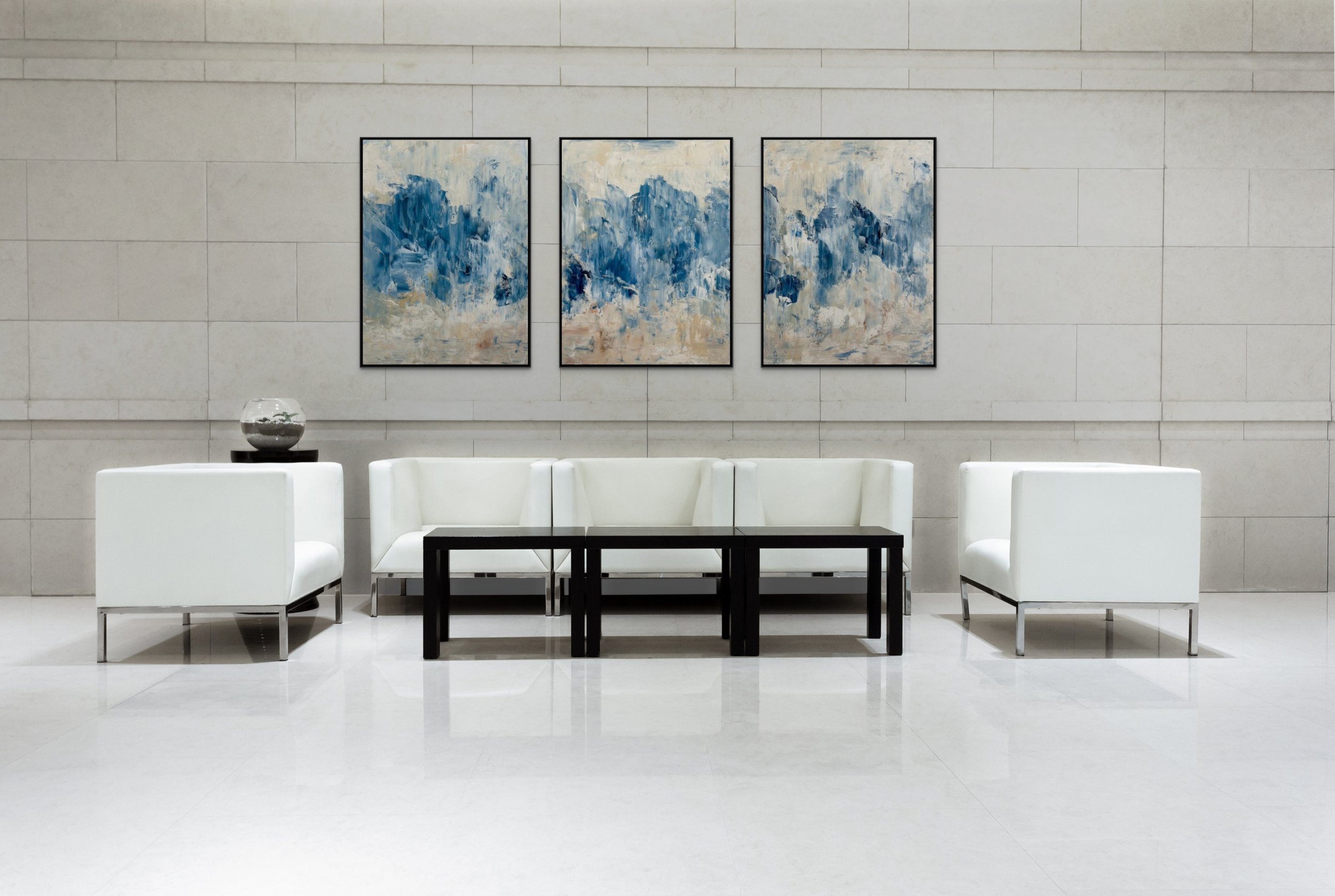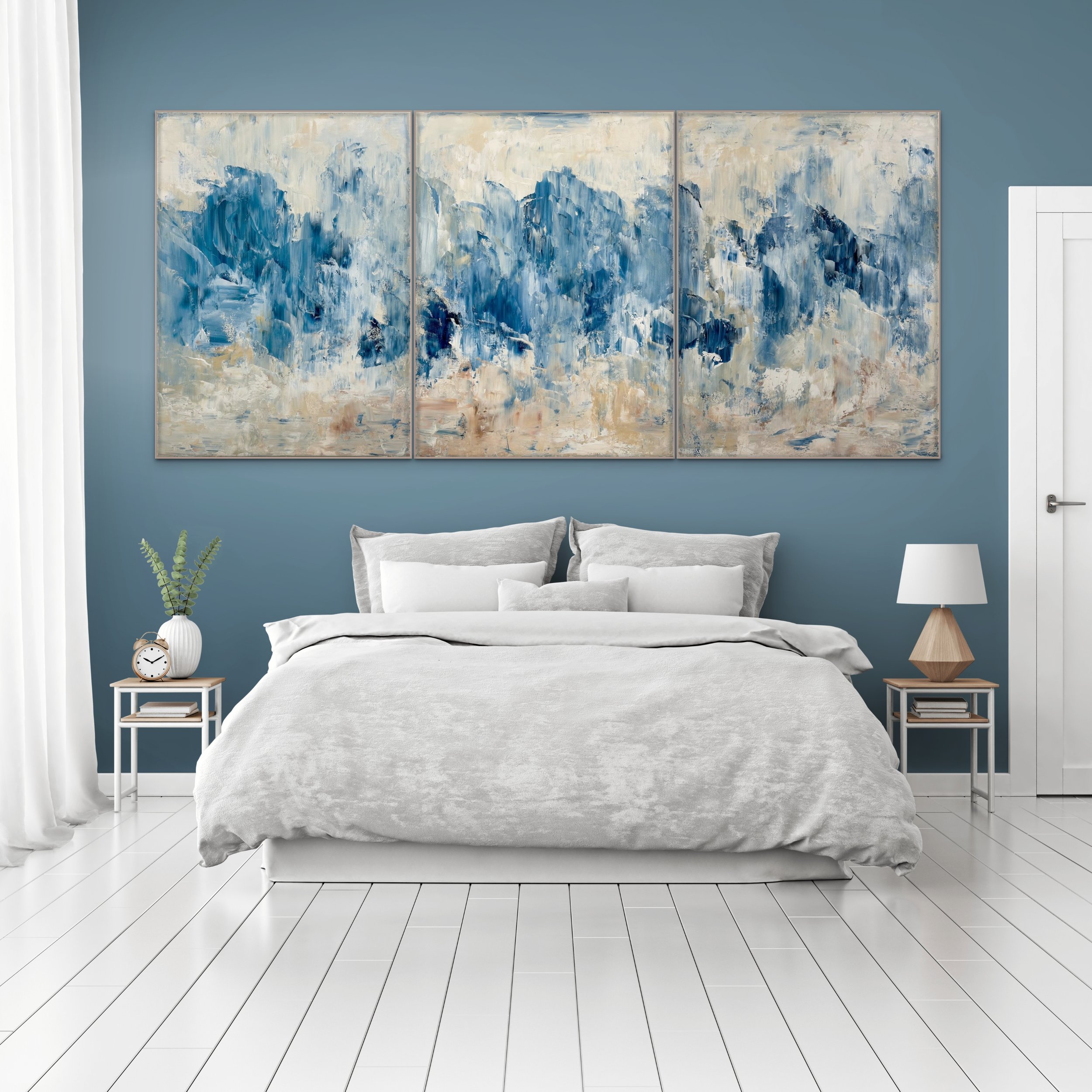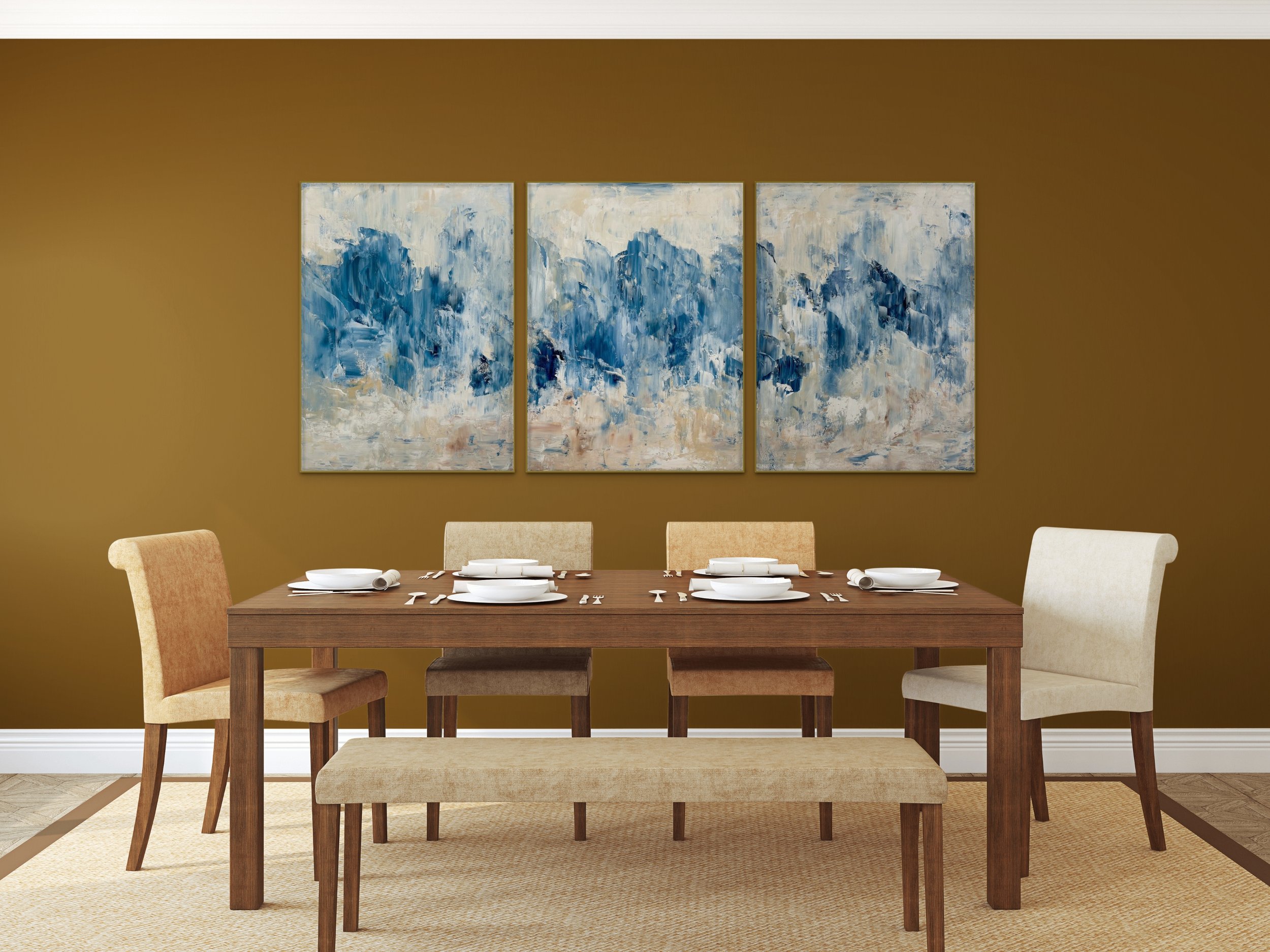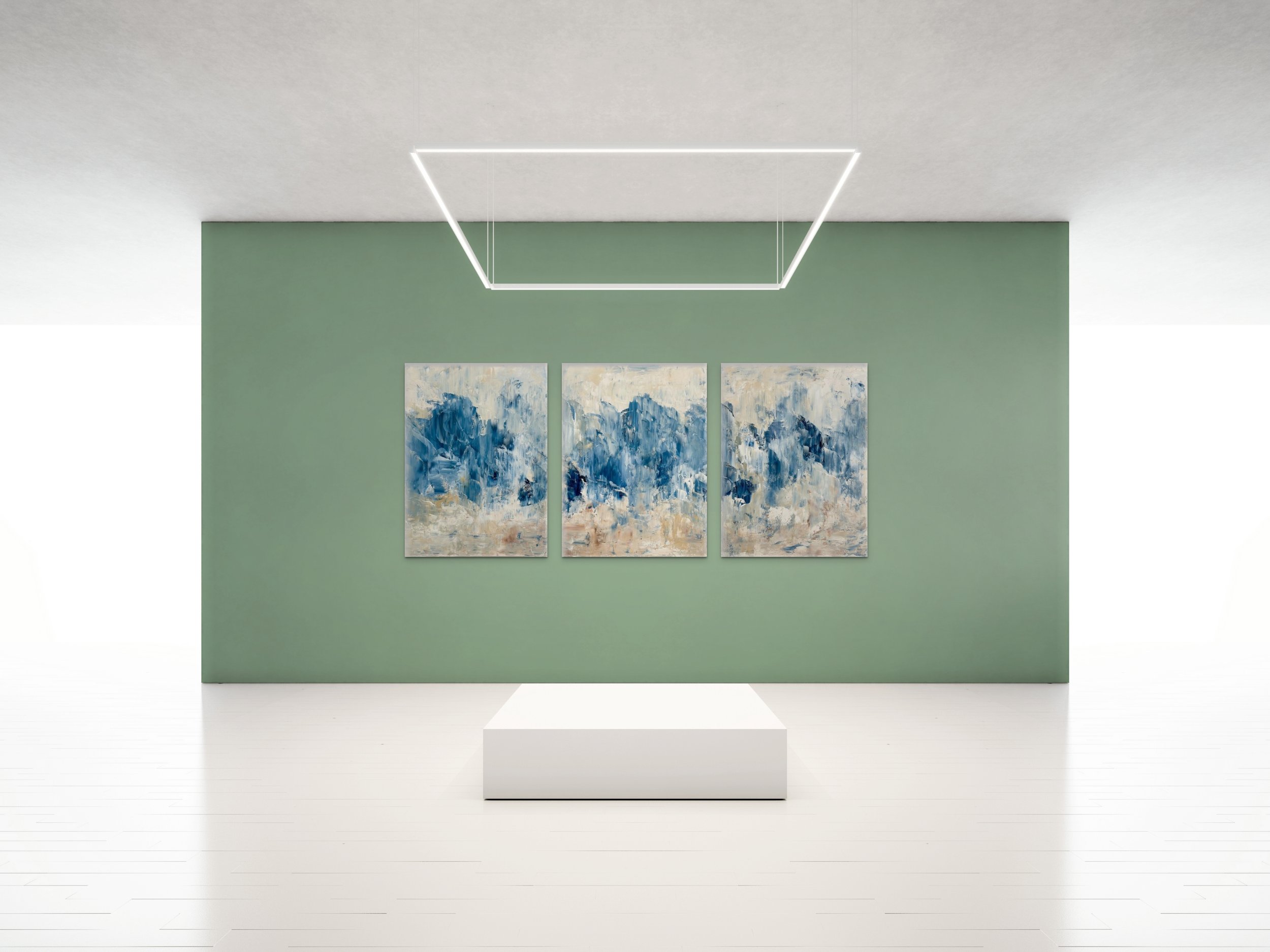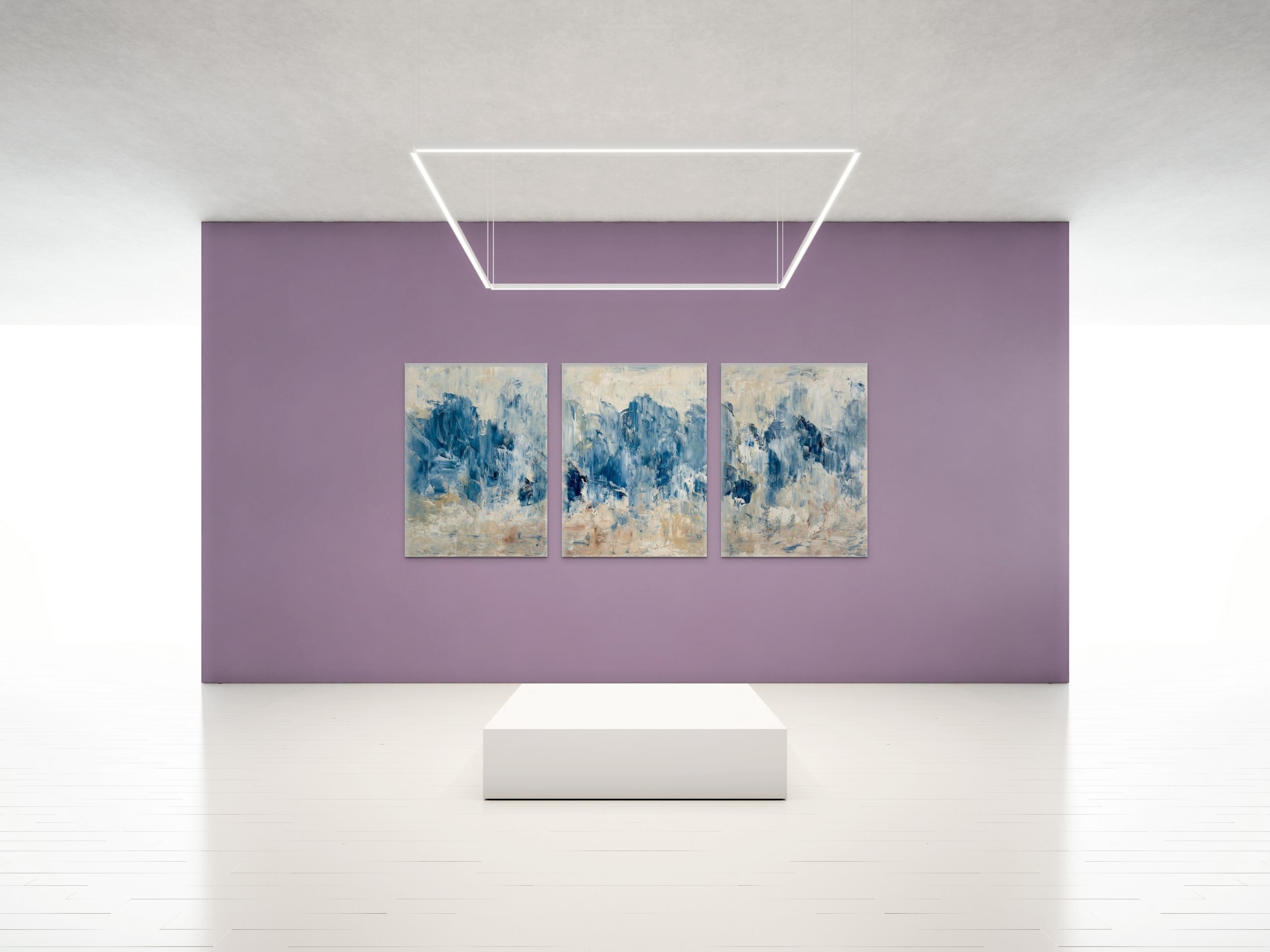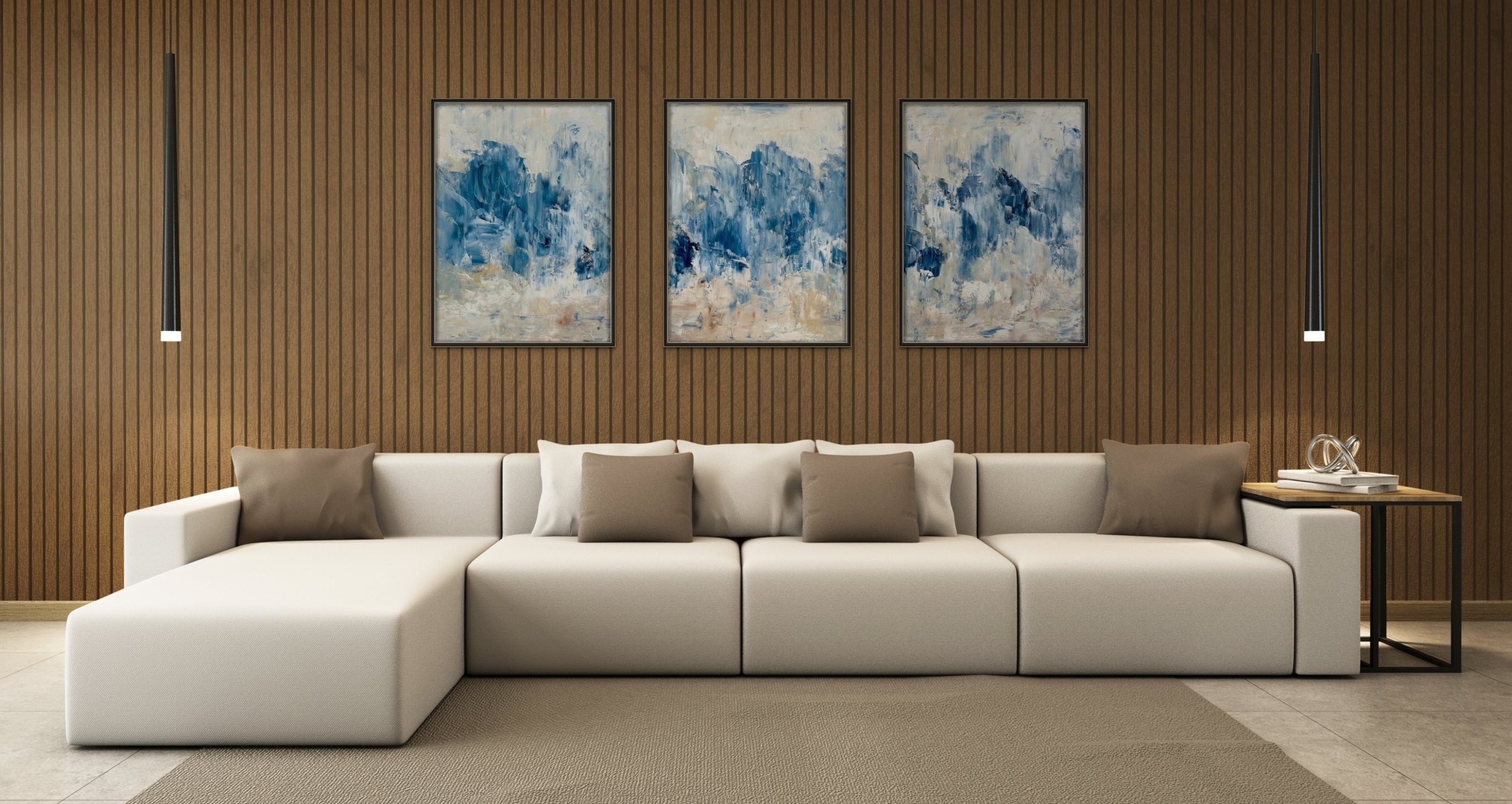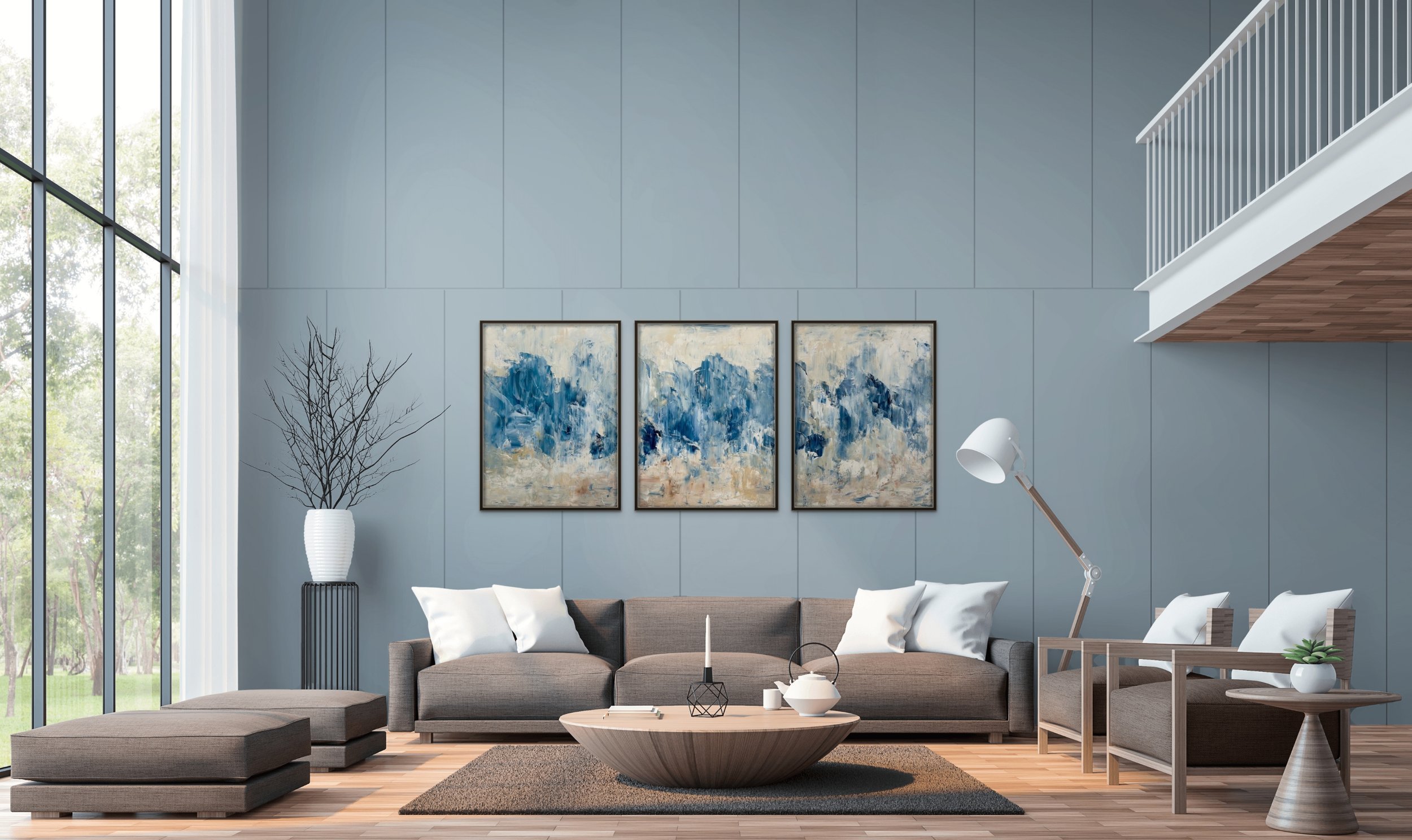Creating Joy In Abstract Art
Is it possible to create a modern work of abstract art that triggers the brain to create feelings of joy?
Personally, I’m convinced of it. What is my reasoning? Buyers tell me all the time how happy my art actually makes them feel.
What’s the secret? Is it super talent or artistic genius or is it training and certification in Evidence-Based Design? I believe it’s a combination of talent and training. Based on established medical and scientific research, I know there are relationships between design factors and healthcare outcomes, especially when people view nature. I create and sell an abundance of nature scenes (see my websites dorotheasandra.com and the landscape category of thewonderfulworldofdorotheasandraart.com) but I also love to create and believe in abstract art as health and happiness sources.
I’m a member of The Society of Experimental Artists and also hold the EDAC (Evidence-Based Design Accreditation and Certification) designation, so I have a keen interest in trying new and different ways to create art.
Joyful Movements by Dorothea Sandra
In this triptych titled Joyful Movements, I experimented with using acceptable “evidence-based design” colors (soft and gentle) and combining them with “the abstract essences” of nature’s wind, rocks, sand, and water. Solely as an abstract work of art, Joyful Movements holds it own. The colors are amazingly beautiful and the palette knife movements create deep interest and intrigue.
My goal when designing this was to see if I could connect “evidence-based design” guidelines with “abstract art” techniques, so I stuck with “the essences” of nature—rather than identifiable shapes—for the purpose of keeping the composition free of too much impact and stress. I wanted this piece to be beautiful, but I also wanted it to do more for us. I wanted it to be gentle and soothing and to remind of us of nature’s amazing healing powers.
I wanted the brains of viewers to be reminded of nature’s water and sand and wind and rocks rather than to be touched (impacted) by them. Many of today’s neuroscientists have conducted studies on our brains and art. Professor Semir Zeki, a neurobiologist from the University of London, discovered in his studies: “When a person views art they find beautiful, it triggers an immediate release of dopamine into the brain—a chemical related to feelings of love, pleasure, and desire.”
Pierre Lemarquis, a French neuroscientist, concluded: “Art of all kinds acts on our brains in a multi-faceted dynamic way. Neural networks are formed to achieve heightened complex states of connectivity. Art can sculpt and even caress our brains.”
My overall desire for Joyful Movements was to achieve a work of art with moving nature essences that evoked in us feelings of happiness and healing.
Although this painting was created after 100 Days Of Happy Happy Art, Evidence-Based Design was published, here is an excerpt about designing with water from my book. There’s more to just painting water and nature elements when it comes to meeting all the evidence-based design standards.
For me to create “happy” art, I remember that the medical/scientific “evidence” matters.



